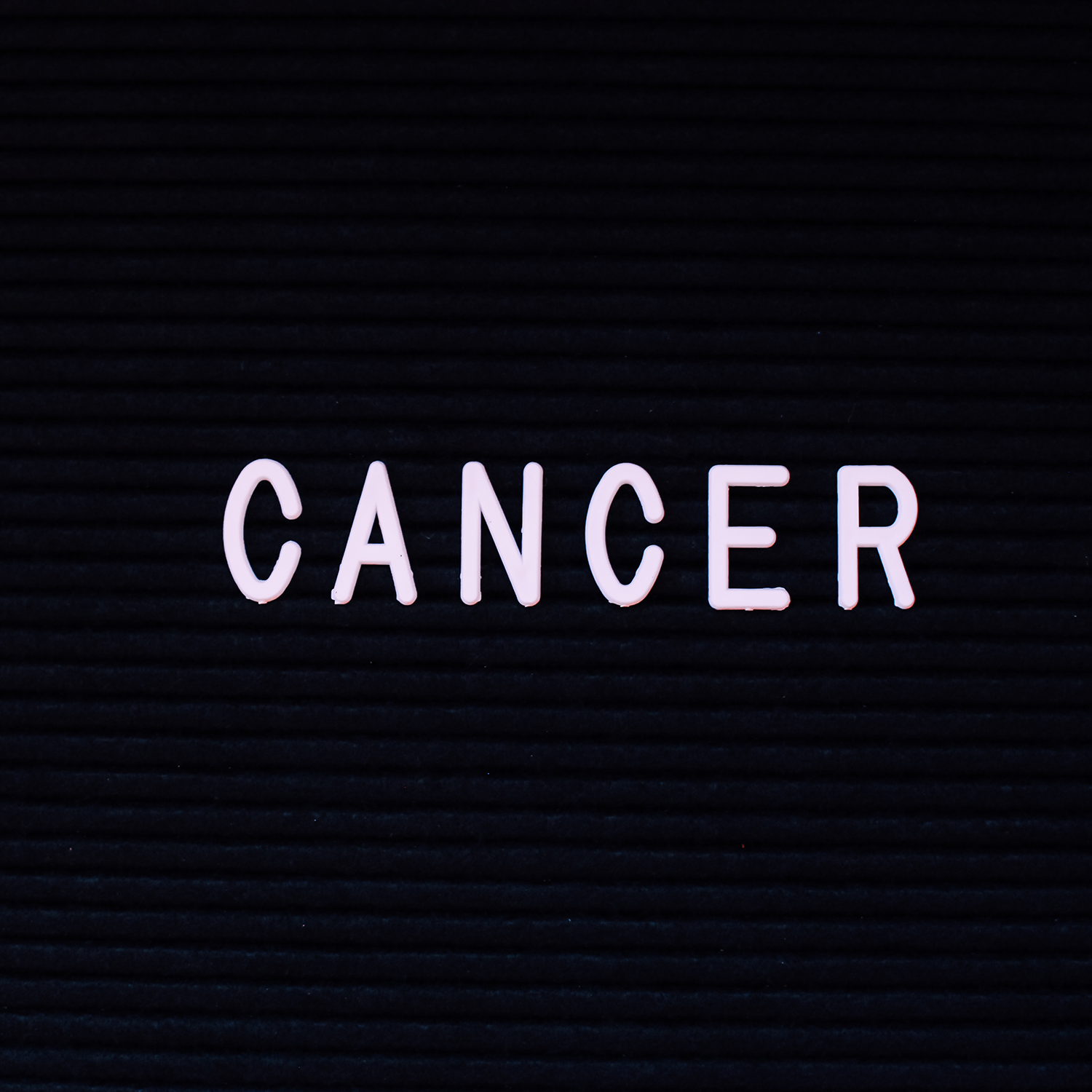The time it took for the skin care industry to destroy human skin

After 11 years in the skin care industry, I have noticed that there is a story description that recurs very often. I therefore thought of retelling this story with the help of a fictional person whom I have chosen to call Anna.
Anna is today 39 years old and, according to herself, has very unbalanced skin. It is both oily, dry and sensitive at the same time. Anna's skin problems started at an early age. Already when she was 14 years old, she started getting hormonal acne. As if this wasn't enough, the teenage years contained a large amount of stress with everything that was part of everyday life. The stress in turn led to more acne which made Anna even more stressed. A vicious spiral was forming.
When Anna is 17 years old, she seeks help for her acne for the first time. She goes to the nearest health center where she finally gets to see a dermatologist. The doctor decides quite quickly that Anna should treat her problems with the help of tetracyclines (a type of antibiotic). The main purpose of this medication is to kill the bacteria (cutibacterium acnes) that cause acne.
Anna gets very good results from the medicine within a few weeks and only has a few pimples left. Happiness is enormous. The course of tetracyclines lasts for 4 months and Anna's skin just gets better and better. When she is about to stop the regimen, Anna is recommended to use a couple of mild skin care products from the pharmacy.
The years go by and Anna experiments with various skin care products that are recommended to her via friends, blogs and influencers. She doesn't have as many pimples as in her teens, but her skin seems to be getting more and more sensitive. Every time she tries a new skincare concept, it feels like her skin is flaring up. When Anna is 30 years old, her skin rapidly deteriorates. She turns red easily and has difficulty handling weather changes, stress and coffee. She now again turns to a dermatologist who states that she has developed rosacea.
The dermatologist thinks Anna's skin and history are so troublesome that she prescribes the preparation Soolantra. The hope with this medicine is that she will be able to kill the pathogens that are believed to be the root cause of rosacea. Anna continues the regimen for 3 months and once again her skin condition improves. At the end of the treatment, she is again recommended to use non-perfumed products from the pharmacy. Since Anna has a great interest in skin, she ignores this advice and instead goes to a private skin care clinic.
The clinic makes the assessment that Anna should use mild non-perfumed skin care products and go for a facial every 6 weeks.
Days turn into weeks, weeks turn into months, and months turn into years. Anna still has extremely unbalanced skin but tries in every possible way to keep it balanced. She applies a bunch of skin care products with hyaluronic acid, lactic acid and other substances that provide moisture.
When Anna is 38 years old, she reads an article about a skincare brand that has a different approach to skin health. The company talks about restoring the skin to what it was evolutionarily built to be. She naturally becomes curious and after reading good reviews, she decides to order the product home.
On Thursday evening, Anna eagerly unpacks the package with the product. Will this finally be the solution she has been looking for for so long? She decides to completely stop all the other products she has been using and only use this new miracle product. In the evening, she applies the product and goes to bed. She does the same in the morning and then the following evening. Two days later, Anna wakes up with dry skin. It feels completely out of balance and it seems as if the skin has completely lost its ability to produce moisture.
How could this happen? Couldn't this product be the product that saved Anna's skin?
The answer lies in Anna's history. Let me explain how. Our skin is an amazing but extremely complex organ that has developed over 1.9 million years of evolution. The skin consists of bacteria, viruses, fungi, protists, archaea, melanocytes, sebaceous glands, sweat glands, skin cells and signaling systems. All of these ingredients work together to keep the skin healthy.
What happened already when Anna was 14 years old was that her complex skin was disturbed by stress and hormonal imbalance. After that, year after year, she has tried to find short-term solutions to get healthy skin. Every time she tries a new skin care concept, her skin learns that it doesn't have to function the way it should in an evolutionary way.
When she adds skin care products that drastically reduce sebum production, the skin compensates by trying to produce more sebum. When she adds products with an extremely high amount of moisture (e.g. hyaluronic acid), the skin learns that it does not need to produce a large amount of moisture on its own. When she adds antibacterial substances to keep down the amount of pathogens (for example, cutibacterium acne), she teaches the skin not to have to fight the emergence of pathogens on its own.
When Anna, after decades of various skin care concepts, has unknowingly manipulated her skin, the road back is very long. When she stops using what the skin has become accustomed to, it derails and becomes dry, oily, shiny and dull all at the same time. This is entirely because the skin no longer knows how to actually function properly.
The dilemma is that if Anna wants optimal skin health, she must endure this awkward period of imbalance. After the imbalance, a skin health occurs that she has never experienced before. Fortunately, Anna manages to endure and today she has a skin health that most people don't even dare to dream about.
Our skin has developed over 1.9 million years of evolution. For the first 1.899 million years, we had no skin care. In 2022, the skin care industry had a turnover of SEK 2,000 billion. It's a huge industry that feeds off our skin getting sicker. Year after year.
It is time for us to rethink and to challenge the skin care industry that is causing our skin to collapse.




Comments